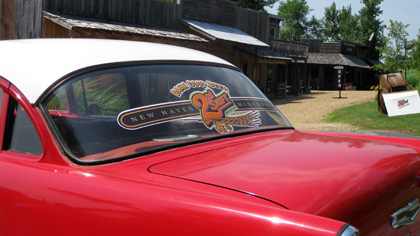Has the craft-beer revolution gone too far? Its beverages are delicious, but its culture can be oppressive. And its most outspoken creators, servers and consumers have become a new generation’s record-store clerks: If a record-store clerk is someone who knows everything about music except how to dance to it, then the craft-beer connoisseur is someone who knows so much about beer that he’s the last person in the world you’d want to drink it with.
– Keir Graff, “The Contrarian: Has the craft-beer revolution gone too far?”
The beer I’m least excited about in general: yet another IPA. Beer is so varied and rich in tradition, flavors, and possibility that I personally get frustrated when people get hung up on any one aspect of what beer can be or brewers go chasing after the newest hop or meaningless theoretical IBU calculations. At some point it became, “Hey, I made this crazy new beer!” “What, did you just add a bunch of hops to it?” Noooo—we can do better than that. Don’t get me started on black IPAs — they’re the cheese in the crust of craft beer.
– John Laffler, brewer, Goose Island, in “Drinking with beer nerds”
At the end of August, we’re moving into our own office space in Chicago. One thing I really wanted was for our employers to brew beer at work. Lo and behold, when we open our offices in August, we’ll have a brew kitchen and we’ll be able to brew beer at the office.
– (MillerCoors owned) Tenth and Blake CEO Tom Cardella, interviewed by DRAFT Magazine.
For craft beer, the brand concepts and the direction that’s resonating has really been nostalgic post-prohibition-era look and feel. . . . I think because it hearkens back to the hand-crafted, the passionate brew master and it has that limited production feel about it that craft consumers are looking for.
– Stephanie Grubbs, in “Meet the Force Behind Private-Label Booze.” BTW, she also says, ” I do drink beer, and I do like the IPAs.” Does that mean they are two different things?
Even though there’s eight, ten breweries here, there are lots of inspectors that have never seen a brewing tank. . . . [one] didn’t understand what fermentation was; she was worried about this yeast being in there, and it took a lot of explanation for her to be OK with what we were doing.
– Pete Crowley, founder of Haymarket Pub & Brewery in Chicago, talking about the challenges of opening a brewery. Quoted in “An in-the-works brewery goes off the grid” (excellent read).
